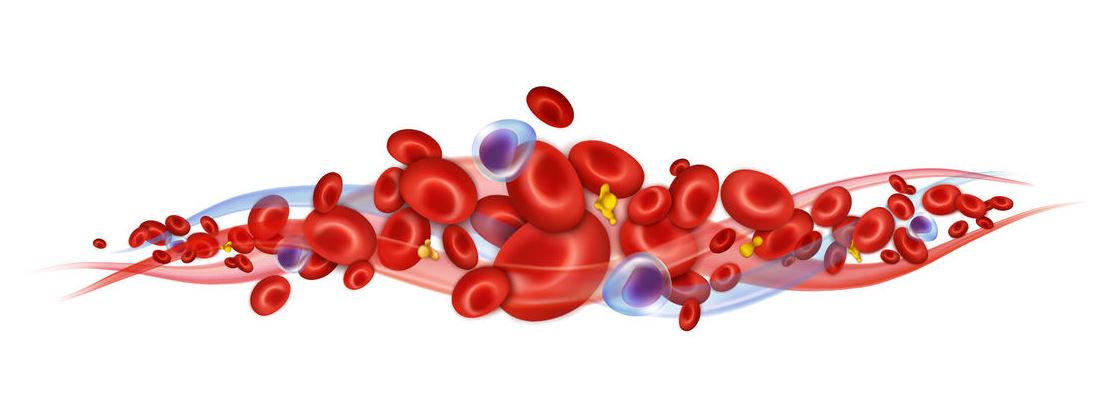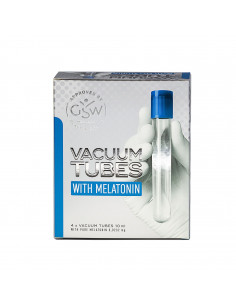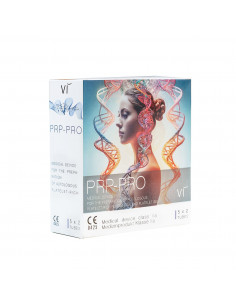Related products
€73.78
PRP tubes - with melatonin for hair treatment PU 4 pcs. Melatonin is a sleep hormone that plays a major role in repairing your hair. PRP is platelets rich plasma, which is responsible for the renewal of skin cells and hair growth. Get the benefits of both in just one PRP tube.
€131.00
Vi PRP-Pro PRP tubes provide the simplest and most efficient method for obtaining and preparing platelet-rich plasma (PRP) from the patient's blood.








